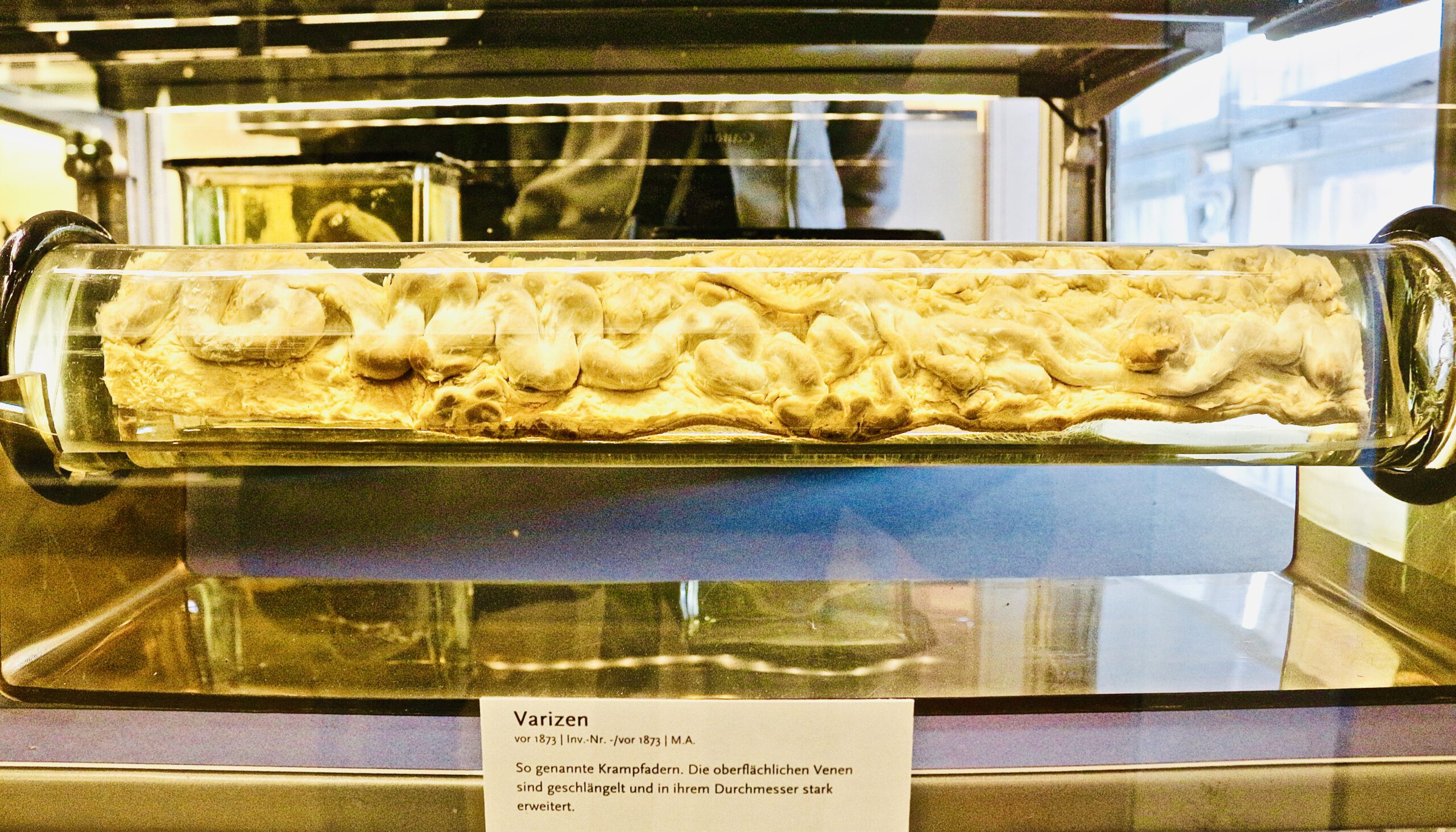Saphenion®: Die Radikalität der Krampfadertherapie
Saphenion®: Die Radikalität der Krampfadertherapie – Der radikale operative Umgang mit der Vena saphena magna und Vena saphena parva und die damit verbundenen Komplikationen führten bereits schon in der ersten Hälfte des 20. Jahrhunderts zu einer Zurückhaltung und lediglich eingeschränkten Verbreitung des Stripping – Verfahrens in Deutschland.
Saphenion®: The radical nature of varicose vein therapy – The radical surgical treatment of the great saphenous vein and small saphenous vein and the associated complications led to reluctance and only limited use of the stripping procedure in Germany as early as the first half of the 20th century.





